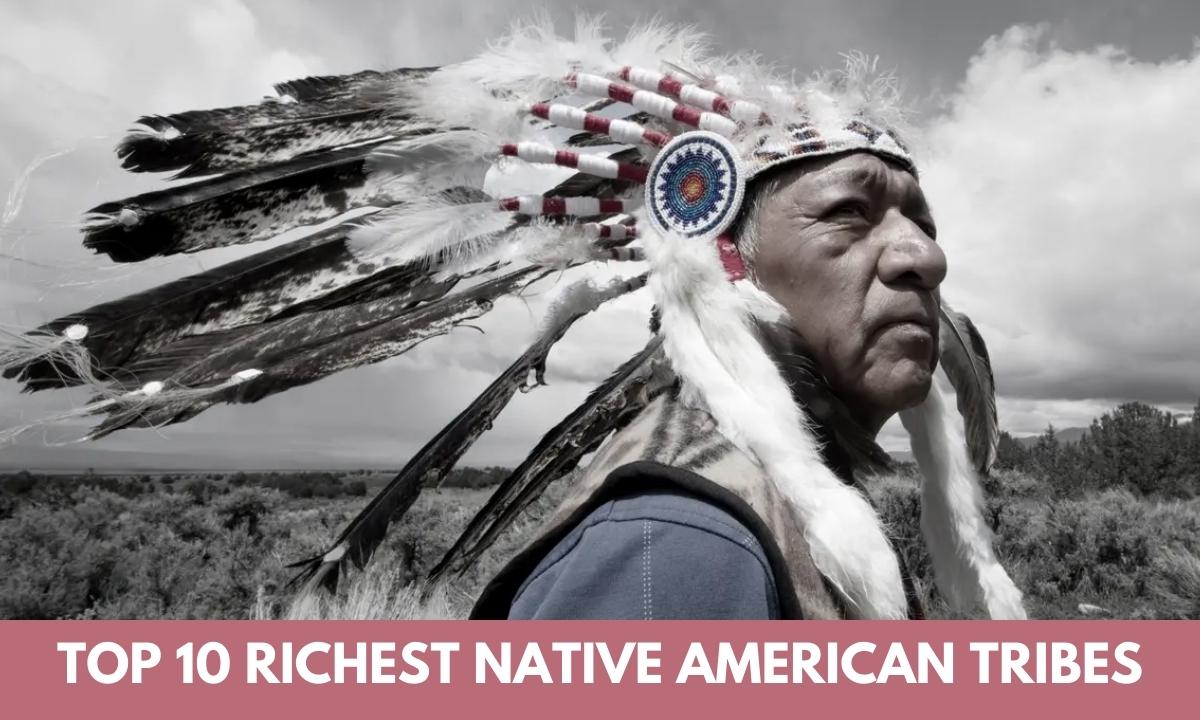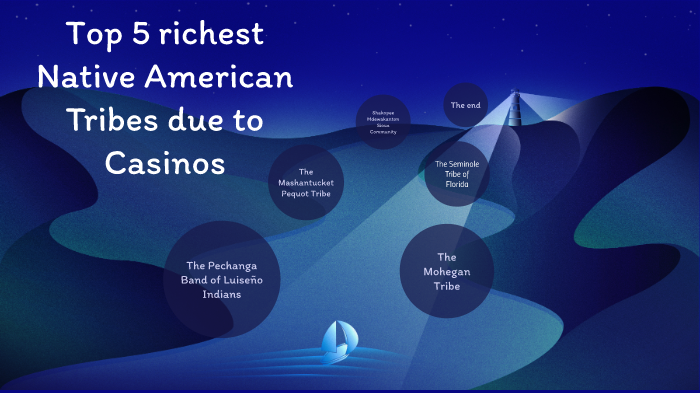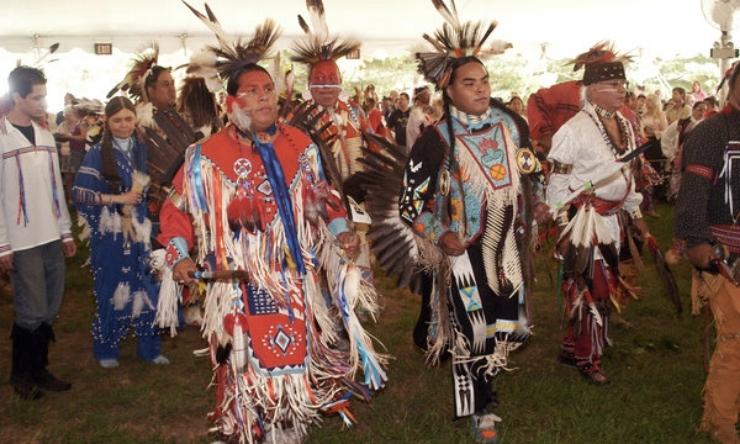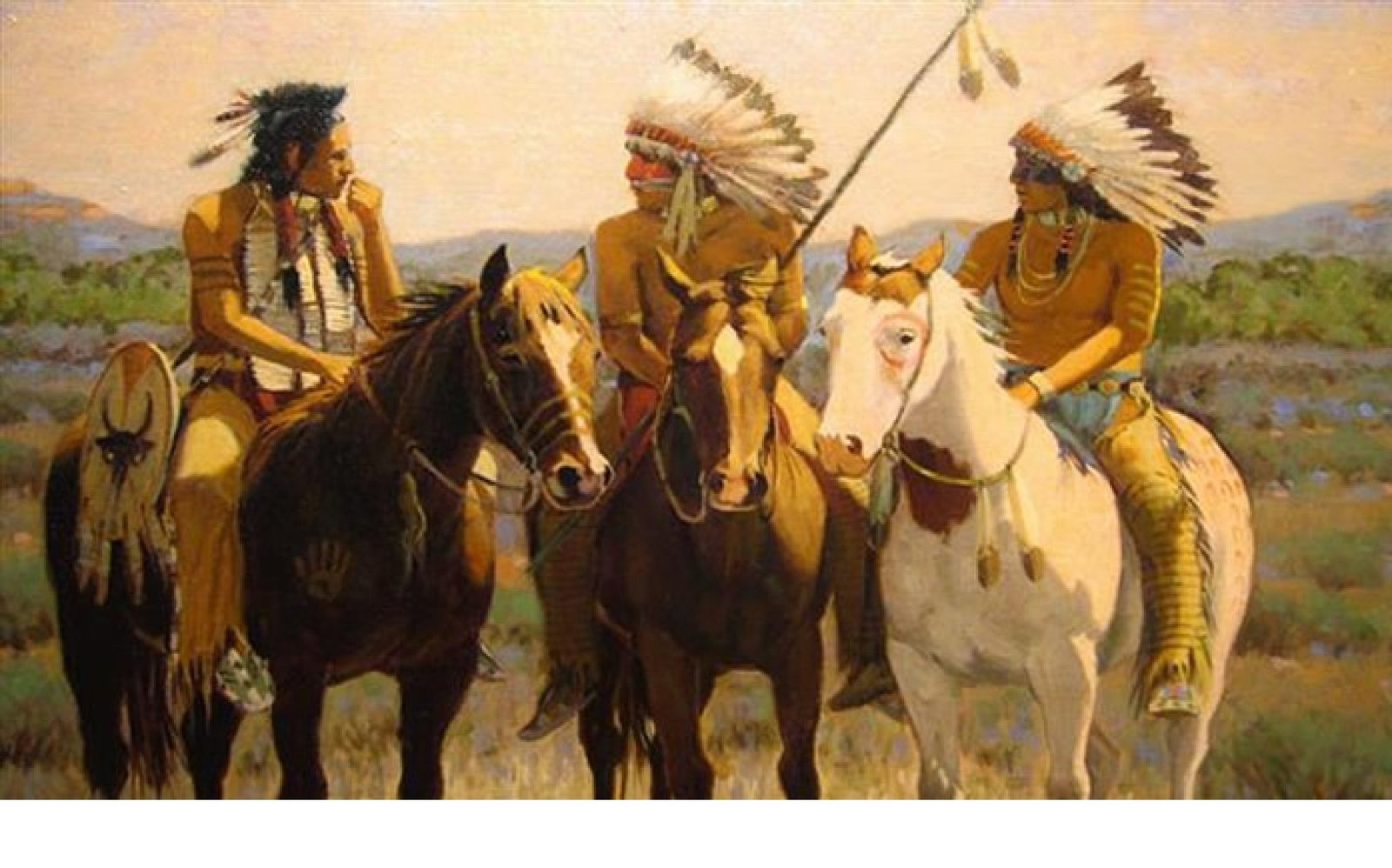The Unseen Wealth: Exploring the Richest Native American Tribes in America
The Unseen Wealth: Exploring the Richest Native American Tribes in America

The narrative of Native Americans often revolves around historical injustices, cultural preservation, and ongoing struggles for recognition and rights. However, a lesser-known facet of this story involves the remarkable economic success achieved by some tribes. Despite centuries of oppression and dispossession, certain Native American communities have thrived, building thriving businesses, managing vast natural resources, and accumulating significant wealth. This article delves into the world of the wealthiest tribes in America, exploring their diverse sources of income, the challenges they face, and the impact their prosperity has on their communities and the broader society.
The Legacy of Treaties and Land Claims:
Related Articles: The Unseen Wealth: Exploring the Richest Native American Tribes in America
- Unraveling The Mystery: Why Do Some Indians Have Blue Eyes?
- The Poarch Band Of Creek Indians: A Look At Their Wealth And Impact
- Native American Billionaires: A Look At Success And Resilience
- Unveiling The Beauty And Meaning Behind Tohono O’odham Names
- Unveiling The Riches: Exploring The Most Prosperous Indian Tribe Casinos In The United States
A crucial factor contributing to the economic success of some tribes is their historical land rights. Treaties signed with the U.S. government, often negotiated under duress, granted Native American tribes ownership of specific territories. These lands, often rich in natural resources, have become a cornerstone of economic development for many tribes.
Casino Gaming: A Controversial Catalyst:
The Indian Gaming Regulatory Act of 1988 revolutionized the economic landscape for many tribes. This act allowed tribes to establish casinos on their lands, opening up a lucrative avenue for revenue generation. While this move has been instrumental in boosting tribal economies, it has also been met with criticism, with some arguing that it encourages gambling addiction and undermines local communities.
Beyond Casinos: Diversifying Revenue Streams:
While casinos have played a significant role for some tribes, many have diversified their economic activities, venturing into various sectors. These include:
- Energy and Natural Resources: Tribes with access to oil, gas, timber, or minerals have leveraged these resources to generate substantial income.
- Tourism and Hospitality: Many tribes have capitalized on their cultural heritage and natural beauty by developing tourism infrastructure, including hotels, resorts, and cultural centers.
- Agriculture and Forestry: Tribal lands often support thriving agricultural and forestry industries, providing employment and income to community members.
- Technology and Innovation: Some tribes have embraced technology, establishing tech companies, data centers, and renewable energy projects.

The Cherokee Nation: A Model of Economic Success:
The Cherokee Nation, based in Oklahoma, stands as a prime example of a thriving Native American tribe. Their economic success is attributed to a diversified portfolio encompassing:

- Gaming: The tribe operates multiple casinos, generating significant revenue.
- Energy: The Cherokee Nation owns and operates energy companies, leveraging its mineral resources.
- Health Care: The tribe operates a comprehensive health care system, providing services to its members and the surrounding community.
- Education: The Cherokee Nation invests heavily in education, with its own college and numerous schools.
- Government and Tribal Services: The Cherokee Nation provides various government services to its citizens, including social programs and infrastructure development.

Challenges and Opportunities:
Despite their economic achievements, Native American tribes face numerous challenges:
- Economic Disparities: While some tribes have flourished, many others struggle with poverty and limited access to essential services.
- Environmental Concerns: The exploitation of natural resources can lead to environmental degradation, posing risks to tribal lands and communities.
- Political and Legal Barriers: Tribal governments often face limitations in their autonomy and ability to regulate economic activities.
- Cultural Preservation: The pursuit of economic development can sometimes come at the expense of cultural traditions and values.
The Future of Tribal Economies:
The future of Native American tribal economies hinges on several key factors:
- Continued Economic Diversification: Tribes must continue to explore new avenues for revenue generation, minimizing reliance on single industries.
- Sustainable Development: The pursuit of economic growth must be balanced with environmental protection and long-term sustainability.
- Self-Determination and Autonomy: Tribes need greater political and legal autonomy to effectively manage their resources and economies.
- Intertribal Cooperation: Collaboration between tribes can foster economic development and shared resources.
Conclusion:
The economic success of some Native American tribes demonstrates their resilience and ability to thrive despite historical injustices. While challenges remain, the diversification of tribal economies, coupled with a focus on sustainable development and self-determination, offers a promising path towards a more equitable and prosperous future for Native American communities.
FAQ:
Q: Which tribe is the wealthiest in America?
A: While precise rankings are difficult to determine due to varying data and privacy considerations, the Cherokee Nation is widely considered to be one of the wealthiest tribes in the United States.
Q: What are the primary sources of income for Native American tribes?
A: Tribal income sources are diverse and include gaming, energy and natural resources, tourism and hospitality, agriculture and forestry, technology, and government services.
Q: How does the Indian Gaming Regulatory Act impact tribal economies?
A: The act allows tribes to establish casinos on their lands, providing a significant source of revenue for many tribes. However, it has also sparked controversy regarding its impact on local communities and the potential for gambling addiction.
Q: What challenges do Native American tribes face in achieving economic prosperity?
A: Challenges include economic disparities between tribes, environmental concerns related to resource extraction, political and legal barriers, and the need to balance economic development with cultural preservation.
Q: What is the role of self-determination in tribal economic development?
A: Self-determination allows tribes greater control over their resources and economies, enabling them to pursue sustainable development and economic growth aligned with their own values and priorities.
Q: How can the broader society support the economic success of Native American tribes?
A: Support can be provided through fair and equitable policies, respect for tribal sovereignty, responsible investment in tribal communities, and awareness and appreciation of Native American culture and heritage.

Closure
Thus, we hope this article has provided valuable insights into The Unseen Wealth: Exploring the Richest Native American Tribes in America. We hope you find this article informative and beneficial. See you in our next article!


